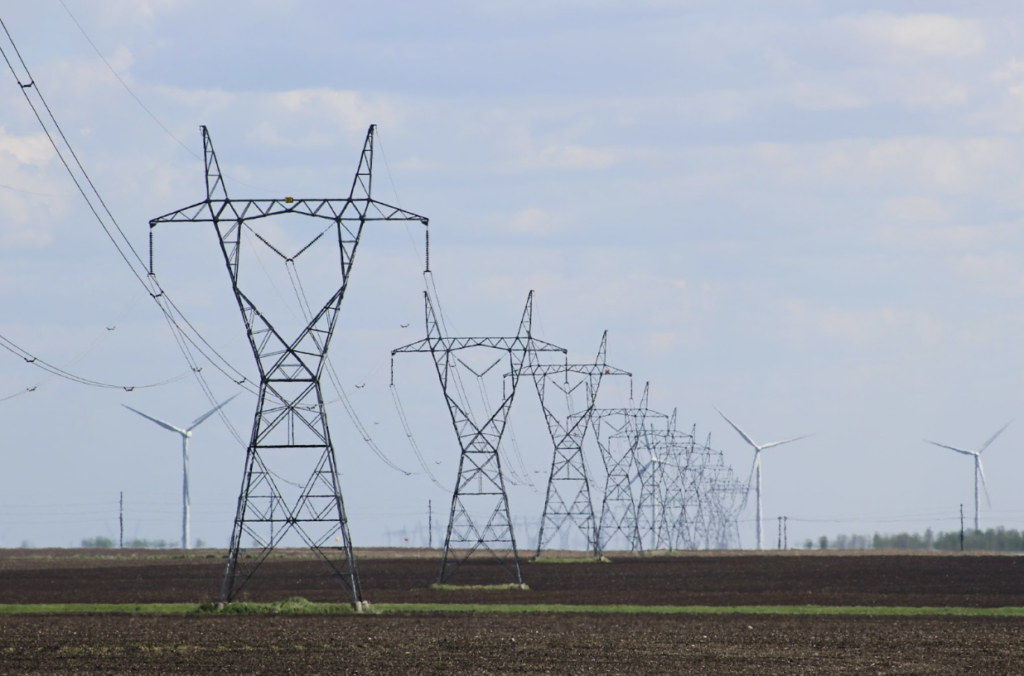
In the context of electrical engineering and power engineering, line design refers to the planning and layout of power transmission and distribution lines. It involves the careful consideration of various factors to ensure efficient and reliable transfer of electrical energy from power generation sources. The primary goals of line design in electrical and power engineering are to create efficient solutions now that will also set a facility up for the future.
What are the benefits of line design?
Line design aims to create a customized design for your facility that can potentially minimize power losses during transmission and distribution. Many people want to better understand the benefits of line design and what it typically involves. Line design often includes determining the optimal conductor size and configuration, integrating appropriate conductor materials, and considering the voltage levels for the most efficient power transfer possible. There are so many benefits to taking multiple measures to reduce power losses as much as possible. Plus, line design helps improve the overall efficiency of the electrical grid.
Also, line design considers the reliability of various aspects of the electrical grid. It aims to minimize the occurrence of faults, such as short circuits or line failures, which can disrupt power supply. It’s important for every facility to have adequate measures in place to protect against electrical hazards. Line design also focuses on ensuring the safety of workers and the general public. It can help determine the most appropriate clearance distances for overhead lines, taking into account factors such as electrical insulation, fault current levels, and other protection mechanisms.
Many companies are looking for ways to minimize the ecological footprint in the future, and proper planning by optimizing the route selection, reducing land and habitat disturbance, and considering the use of environmentally friendly materials can make a significant impact.
What is AlphaStake©?
When it comes to line design, it’s important to work with an experienced, trusted professional. Our team developed our own in-house staking sheet program, called AlphaStake©. This innovative program is well-known, and it allows us to generate printouts of poles that will remain or be installed, transferred or removed. Our team produces a unit recap to summarize the total number of units installed, removed or transferred. This material recap is highly valuable, and it’s created with necessary specifics such as quantities, connector sizes and bolt lengths. Every client deserves a customized plan, and we will create a material list that can be tailored to the specific manufacturers and catalog information that your facility needs.
Overall, line design in electrical and power engineering focuses on optimizing the efficiency, reliability, safety, and environmental impact of power transmission and distribution systems. It requires a thorough understanding of electrical principles, equipment selection, and system performance to ensure the effective delivery of electrical energy. If you have any questions about line design, reach out to one of our power and energy experts.
